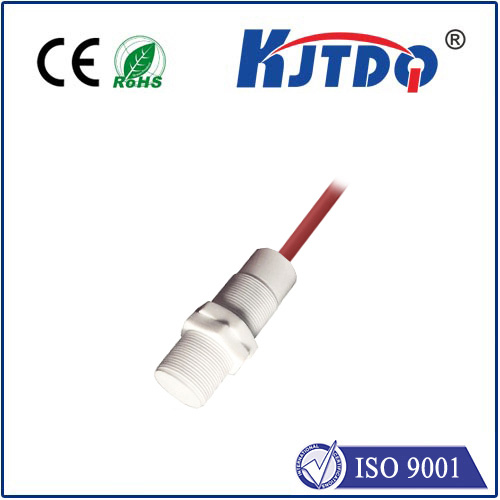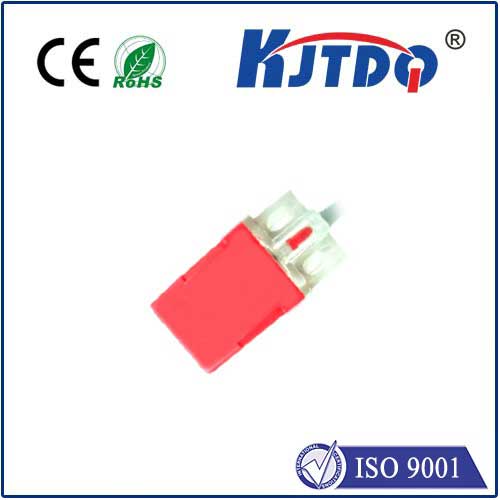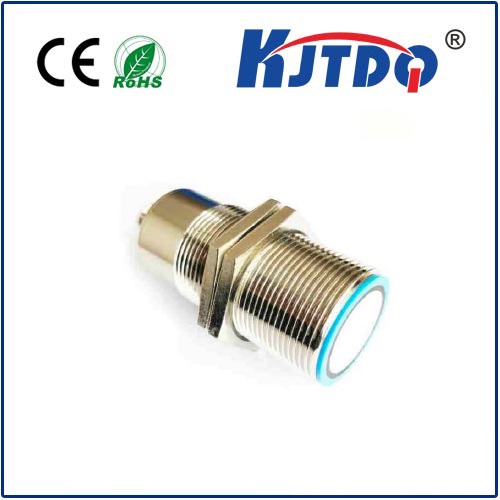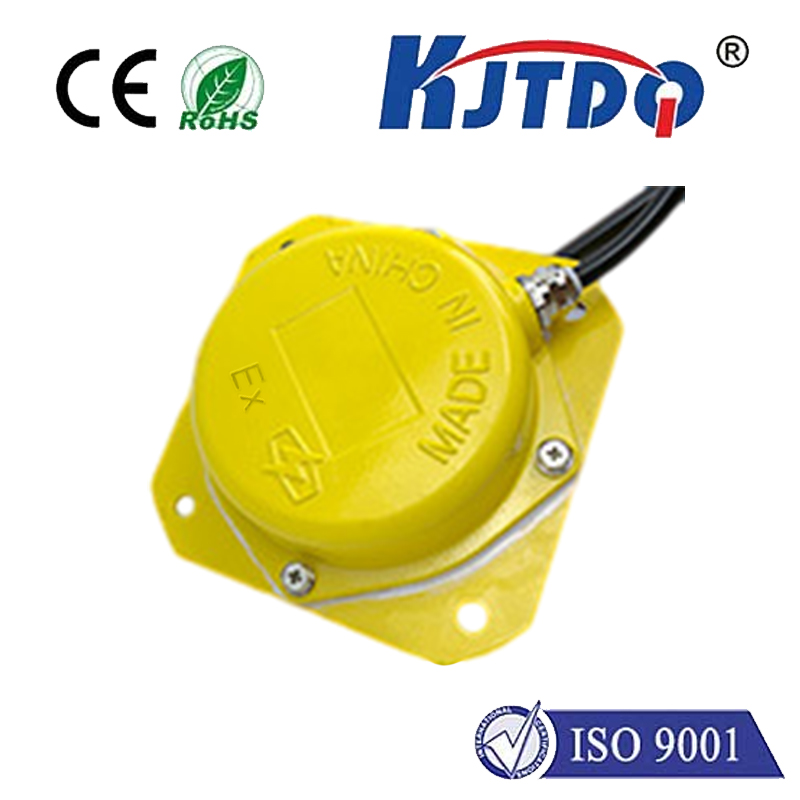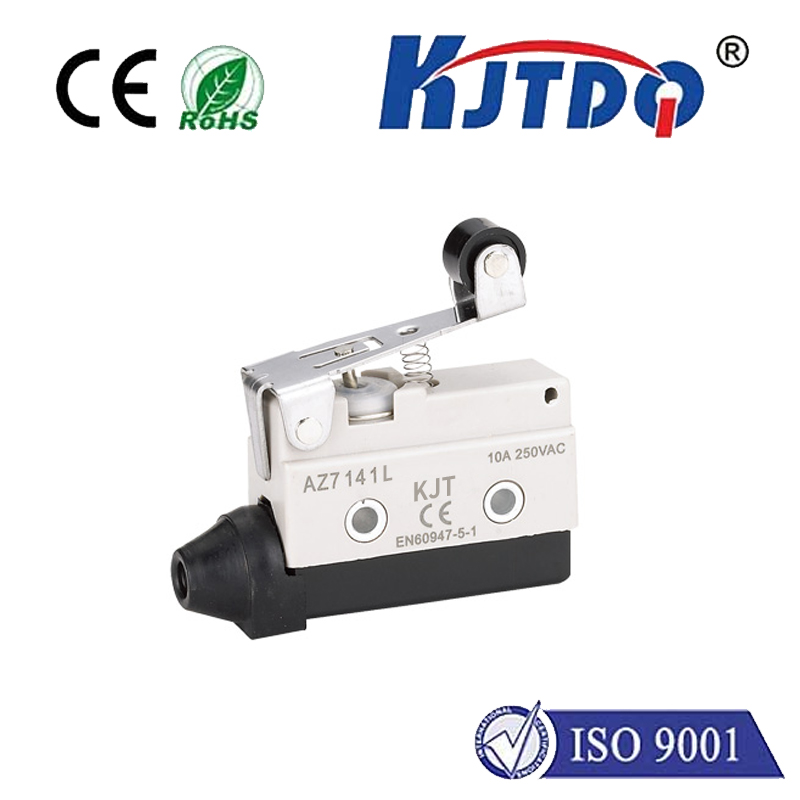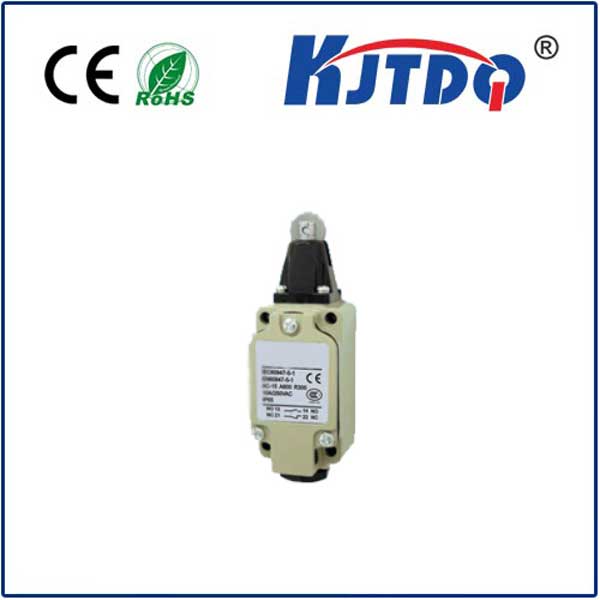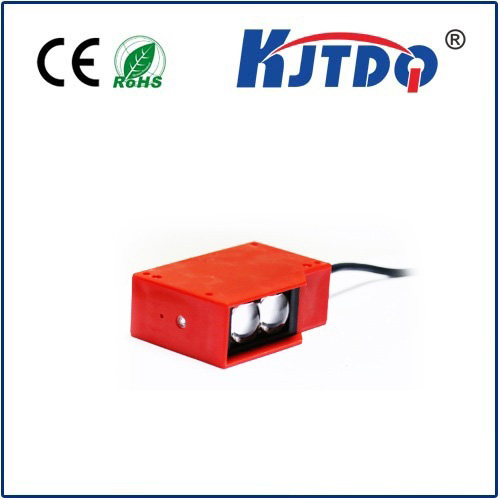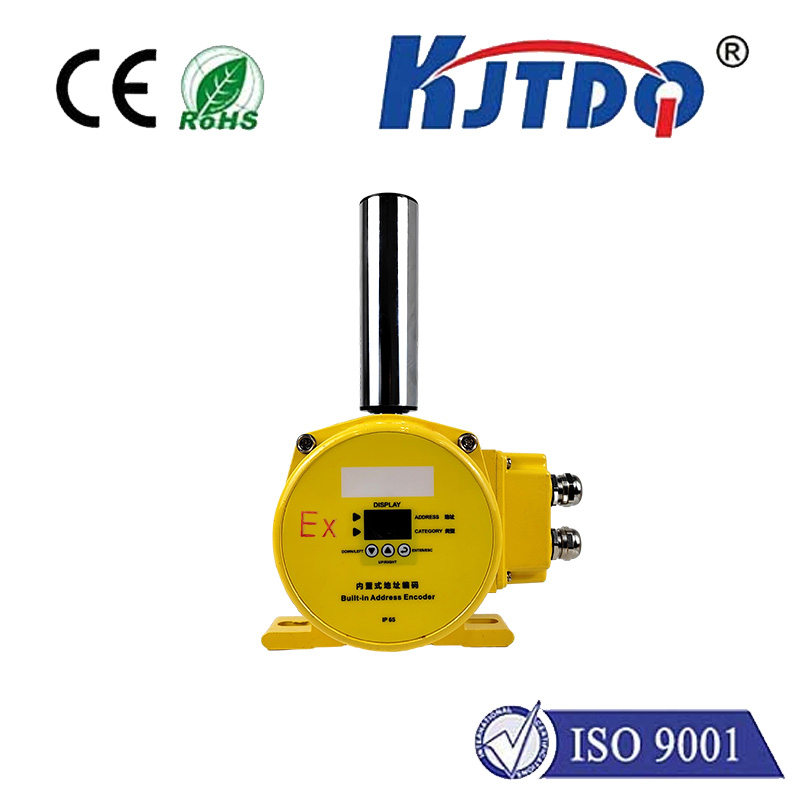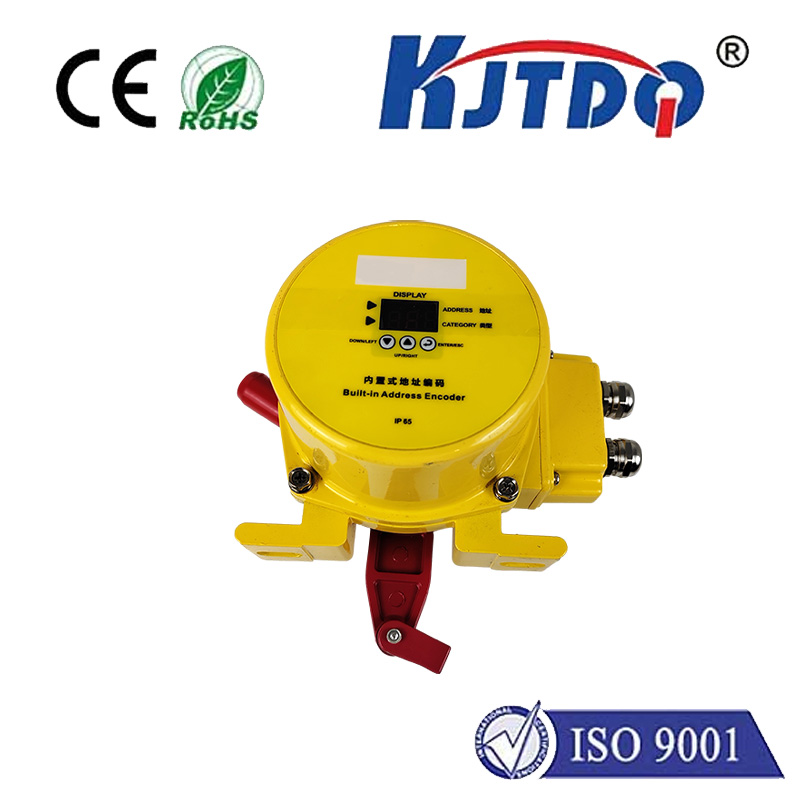

check

check

check

check
Imagine a self-driving car navigating bustling city streets, an archaeologist digitally preserving an ancient ruin, or a robot effortlessly avoiding obstacles in a warehouse. What invisible force empowers these feats? At the heart lies a transformative technology: the LiDAR laser distance sensor. These sophisticated instruments are revolutionizing how we perceive, measure, and interact with the physical world, offering unparalleled precision far beyond traditional methods.
Demystifying LiDAR: Light as the Ultimate Ruler
LiDAR, an acronym for Light Detection and Ranging, fundamentally operates by emitting pulses of laser light and meticulously measuring the time it takes for each pulse to reflect off a target and return to the sensor. This core principle, known as Time-of-Flight (ToF) measurement, allows for incredibly accurate distance calculations. The formula is elegantly simple: Distance = (Speed of Light x Time of Flight) / 2. The division by two accounts for the round-trip journey of the light pulse. This methodology provides unmatched accuracy and resolution, often down to millimeters, even over considerable ranges.
Inside the Laser Distance Sensor: Key Components
Why LiDAR Stands Out: Core Advantages in Distance Measurement

Compared to ultrasonic sensors or traditional optical methods, LiDAR laser sensors offer distinct benefits:
Transforming Industries: Where LiDAR Laser Sensors Excel
The applications of LiDAR distance sensing are vast and growing rapidly:
LiDAR vs. Other Distance Sensing Technologies
While technologies like ultrasonic sensors and radar have their places, LiDAR offers unique strengths. Ultrasonic sensors struggle with precision and are easily distracted by environmental noise or textures. Radar provides good range and weather penetration but lacks the fine spatial resolution needed for detailed object recognition or mapping. LiDAR fills the critical gap where high spatial resolution and precision are paramount.
Overcoming Challenges and Future Directions
No technology is without its hurdles. Cost remains a significant factor, though solid-state LiDAR is driving prices down rapidly. Performance degradation in extremely adverse weather conditions (heavy rain, dense fog) is an area of ongoing research. Managing and processing the massive amount of data generated (point clouds) requires significant computational power. Furthermore, safety standards governing laser use necessitate careful design considerations.
The future, however, is bright. Advancements in solid-state LiDAR (no moving parts) promise smaller, cheaper, more robust sensors. Increased range and even higher resolutions are constant goals. Enhanced AI algorithms for real-time point cloud processing and object classification are unlocking smarter applications. Integration with other sensor modalities like cameras and radar, known as sensor fusion, is creating perception systems far greater than the sum of their parts.
The Unseen Enabler of a Measured World
From enabling machines to see and navigate autonomously to preserving cultural heritage and optimizing industrial processes, the LiDAR laser distance sensor has become an indispensable tool. Its ability to capture the world in precise, three-dimensional detail with unparalleled speed and accuracy is quietly powering a technological revolution. As the technology continues to evolve, becoming more accessible and capable, its impact will only deepen, shaping countless aspects of our future built on the fundamental power of measuring light’s journey.
